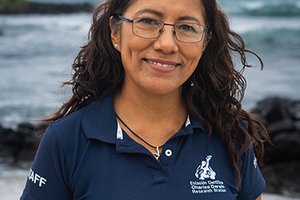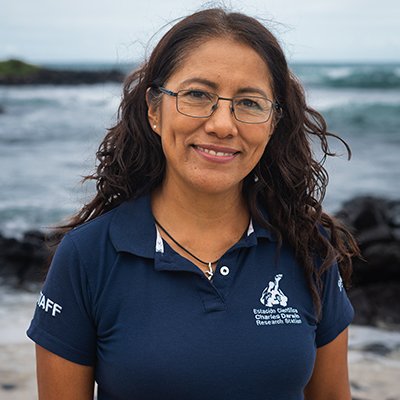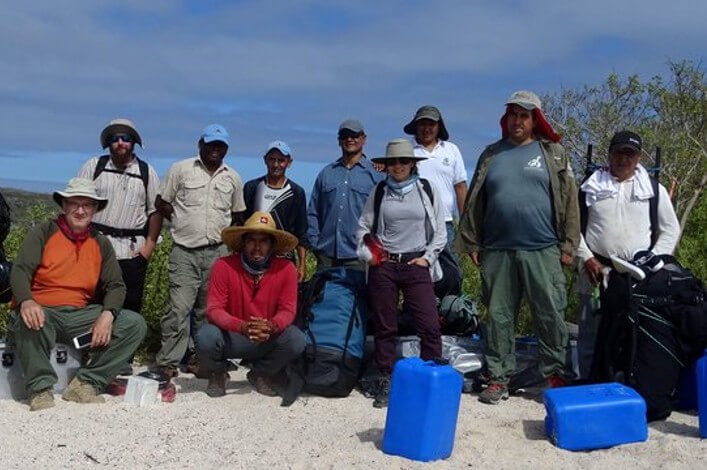
Written in collaboration with Lorena Romero.
Between June 21 and 28, 2017, the Galapagos Verde 2050 (GV2050) team, with the collaboration of Giant Tortoise Restoration Initiative, implemented by Galapagos Conservancy and Galapagos National Park Directorate, went on an expedition to Española Island to initiate an experiment to continue the ecological restoration process of the island.
On this occasion, the goal was the vegetative propagation of O. megasperma var. Orientalis Howell cladodes by using water saving technologies (Groasis and rain harvesting). The cladodes are also known as “pencas” and have a fleshy structure that sprout from a main stem and become harder as time passes (Guzmán and Chávez, 2007).
As an in situ experiment, 48 cladodes of O. megasperma. var. orientalis Howell were planted in an area known as “Las Tunas”. The planting was done in three different places with ecological characteristics in favour of the growth of this species. Additionally, water saving technologies were used to promote the accelerated growth of the plants and to ease the survival by providing water permanently.
For the vegetative propagation of Opuntia on Española Island, the cladodes were obtained from 17 different adult cacti. Each one was photographed and georeferenced for subsequent records and monitoring.

The preparation process of the cladodes for the planting, consisted in recovering plant tissue at the base of the cladodes, where they were cut. For this, a scarring period of 36 hours was taken into account (the area of the cut scars and heals, creating a seal that prevents loss of additional moisture).
After the scarring, the cladodes where submerged in a sweet water solution and enzymatic activator (Vitazyme) to impulse root growth. A ratio of 1:1 was used, one of water and one of Vitazyme, which was prepared the afternoon before planting them.
The chosen study area for planting was a rocky-clay soil, where the cladodes are able to establish roots and obtain shadow from a plant facilitator in the ecological niche (Dr. James Gibbs: GV2050 project scientist assessor).
During the planting, the soil was naturally moistened by the light “garúa” rain. We also used the “rain harvesting” technology that retains humidity around the root to prepare the soil where each cladode was planted.

The 40 cladodes planted with Groasis technology were codified: the adults as “parents” and the young plants as “children”.
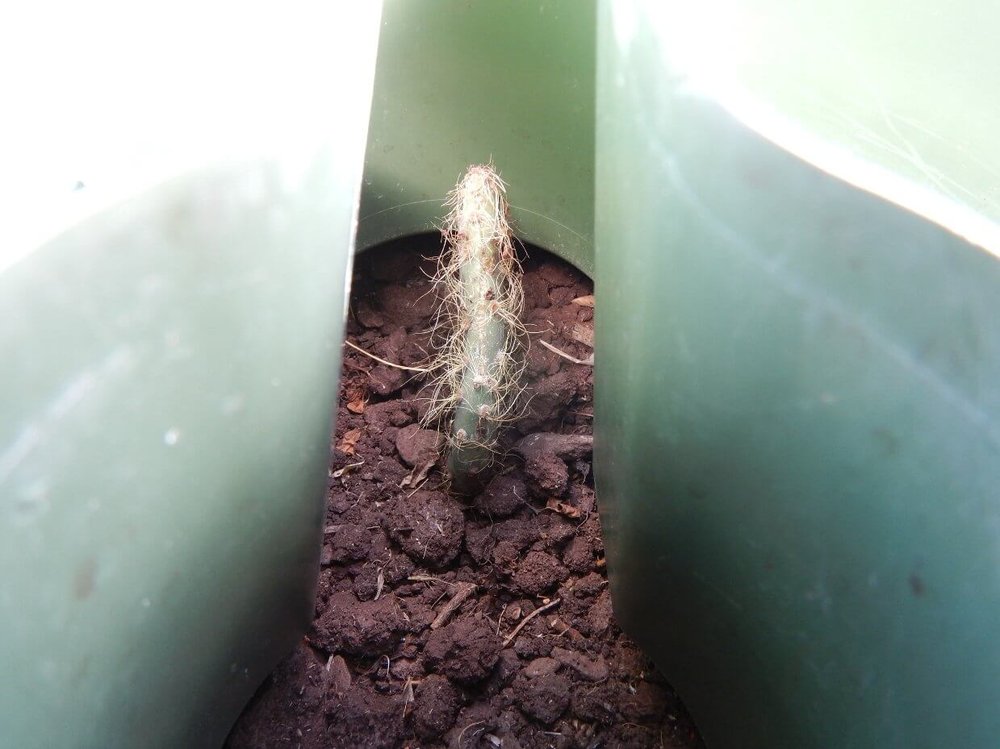
Each of the boxes were protected with metallic meshes, which were placed around the perimeter of the box and hole of each control.
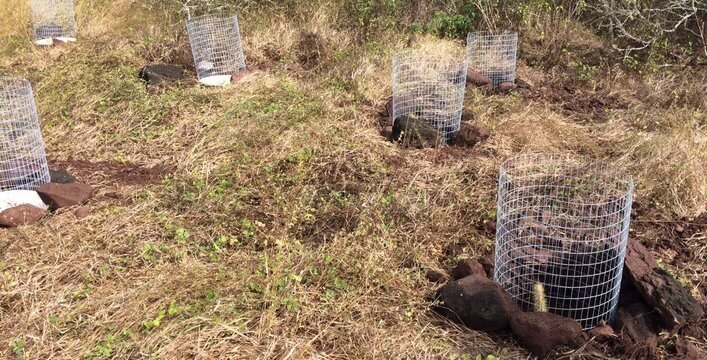
Finally, we collected tortoise excrement and fruit to extract Opuntia seeds. These will be tested and germinated at the Charles Darwin Research Station Laboratory so that afterwards they can be taken to the Galapagos National Park’s greenhouse and eventually be repatriated to Española Island, based on the action plan of the GV2050 project.
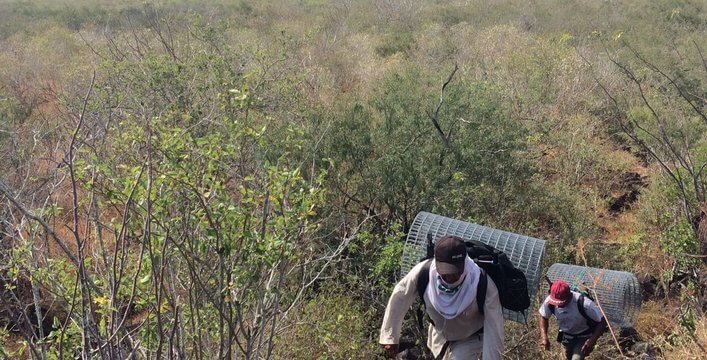
The Galapagos Verde 2050 work team would like to thank Galapagos Conservancy and the Galapagos National Park Directorate for their logistical support and optimisation of resources for the expedition.
GV2050 project is implemented in collaboration between Charles Darwin Foundation and Galapagos National Park Directorate. The project is financially viable thanks to the support of the ComON Foundation, The Leona M and Harry B. Helmsley Charitable Trust and the BESS Forest Club.
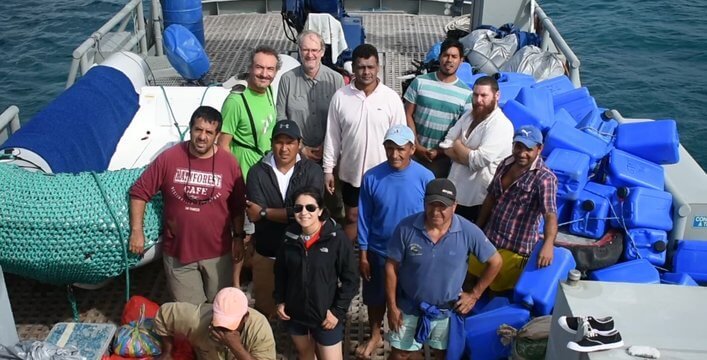
References:
Guzmán, D. & Chávez, J. (2007) “Estudio bromatológico del cladodio del nopal (Opuntiaficus-indica) para el consumo humano”, Rev. Soc. Quím. Perú. ISSN 1810-634X.





